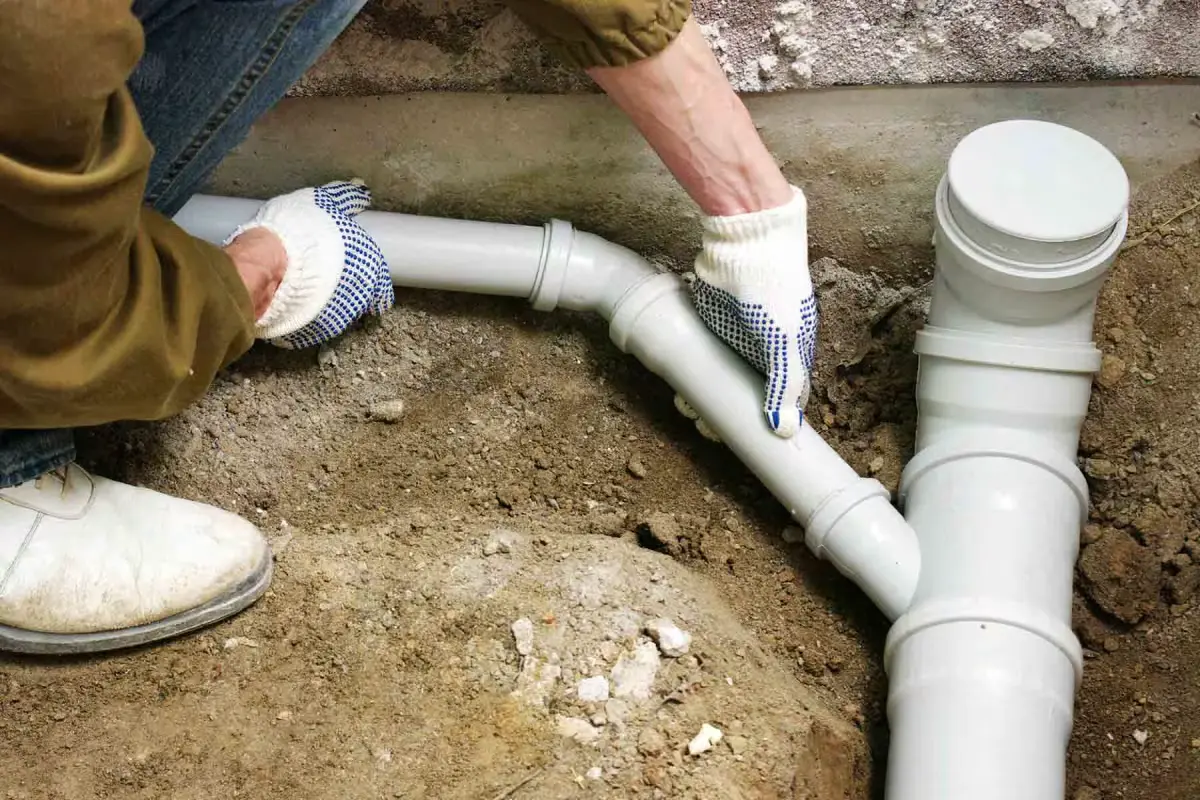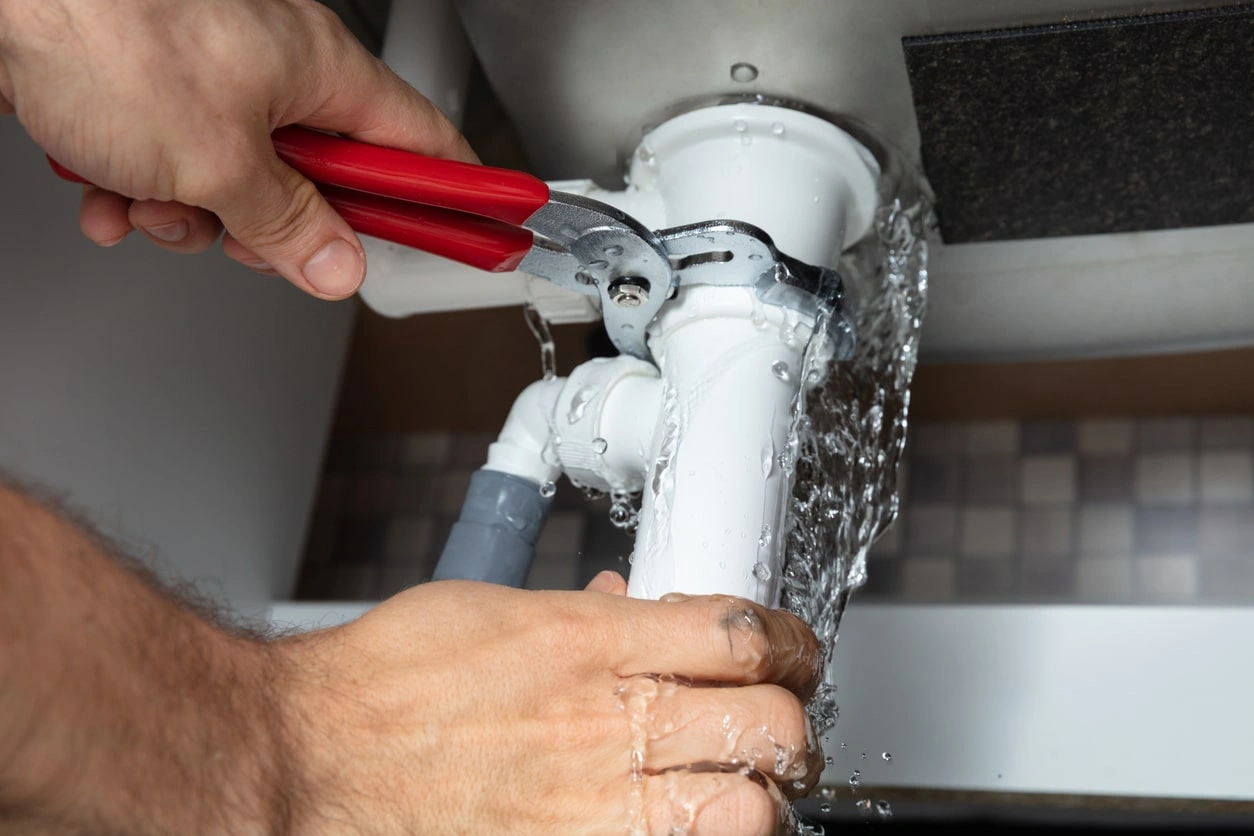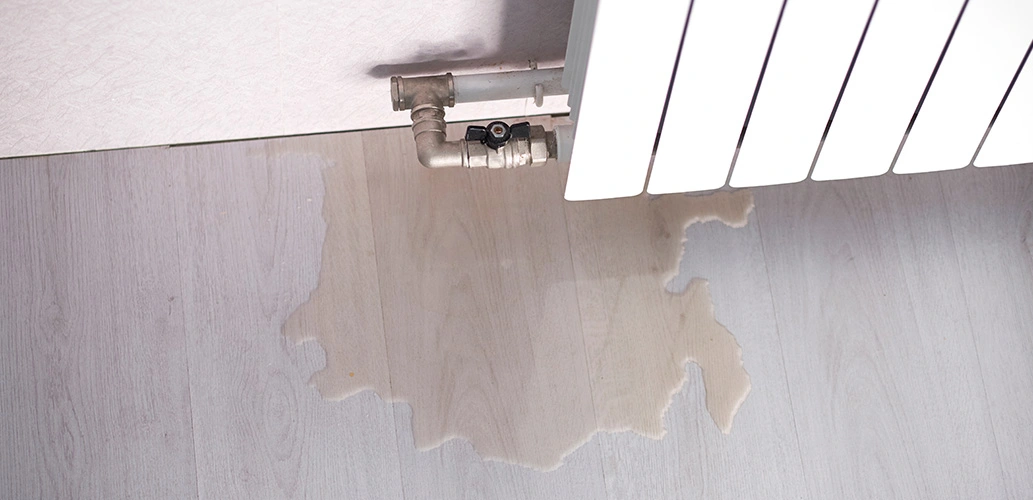Navigating Sewer Line Cost, Repair and Replacement: A Comprehensive Guide for Southern California Homeowners
Beneath every home lies a hidden yet essential component of your plumbing system: the sewer line. While it works silently behind the scenes, the sewer line is vital—transporting wastewater from your sinks, toilets, tubs, and laundry to either a municipal sewer system or a private septic tank. Most homeowners don’t think twice about it until something goes wrong. But when it does, the consequences can be messy, costly, and hazardous to your health.
If you’re a homeowner in San Diego or surrounding areas of Southern California, understanding your options for sewer line repair or replacement is key to protecting your home. This comprehensive guide will walk you through the basics of your sewer system, how to recognize early warning signs, and what to expect regarding costs, methods, and decision-making.
Recommended Reading: The Emergency Plumbing Checklist Every SoCal Homeowner Should Have
Understanding Your Home’s Sewer Line
What Is a Sewer Line and Why Does It Matter?
A sewer line is an underground piping system that carries wastewater from household drains, including sinks, toilets, and showers, to a municipal sewer system or a private septic tank. Homeowners are typically responsible for maintaining the portion of the sewer line within their property boundaries.
A damaged or deteriorating sewer line can lead to clogs, backups, and potential health hazards. Keeping your sewer line in good condition ensures proper drainage and helps prevent health hazards, property damage, and costly municipal violations. If you need help, our sewer line repair specialists in San Diego can assist.
Why Sewer Line Health Matters
Homeowners are usually responsible for maintaining the sewer line that runs from their house to the point where it meets the public system—often beneath the street. If the line becomes blocked, cracked, or collapsed within that zone, it’s up to the homeowner to make repairs.
A well-functioning sewer line is crucial for maintaining a hygienic home. A damaged or deteriorating sewer line can lead to clogs, backups, and potential health hazards. Additionally, local building codes often require homeowners to maintain their sewer lines in good working condition. Keeping your sewer line in good condition ensures proper drainage and helps prevent health hazards, property damage, and costly municipal violations.
Recognizing the Warning Signs: When to Suspect a Sewer Line Problem
Sewer line issues rarely arise out of nowhere. In most cases, your home will offer early clues. Indoors, you might notice slow drainage in multiple fixtures, gurgling noises in the pipes, or unpleasant sewage odors. Toilets might back up when other fixtures are used, and you may hear strange bubbling when water drains.
Outdoor Signs
For outdoors, a broken sewer line can create soggy patches in the lawn or unusually green, fast-growing grass in certain areas fertilized by leaking waste. You might even notice dips or depressions forming in the yard or, worse, facing a sudden influx of pests attracted by moisture and organic matter. If sewage starts backing up into your yard or home, it’s a full-blown emergency.
Addressing these signs promptly can prevent more extensive and expensive damage.
Steps to Take When Facing Sewer Line Issues
- Recognize the Warning Signs: Be proactive if you notice slow drains, odors, or unusual wet spots in your yard.
- Schedule a Professional Inspection: A plumber can use a sewer camera to assess the damage and recommend solutions.
- Obtain Multiple Quotes: Compare estimates from reputable plumbing professionals before proceeding with repairs or replacement.
- Check Local Regulations: Ensure compliance with municipal codes regarding sewer line maintenance and replacement.
- Plan for Restoration: If excavation is necessary, consider the cost of restoring landscaping, sidewalks, or driveways.
- Invest in Preventative Maintenance: Regular inspections and proper disposal habits can help prevent costly future repairs.
What Influences the Cost of Sewer Line Repair or Replacement?
One of the biggest concerns homeowners have is how much repairs will cost. Unfortunately, the answer depends on a wide range of factors.
A camera inspection usually costs between $100 and $500, but the total repair or replacement cost depends on several variables:
- Severity and location of damage
- Accessibility and depth of the pipe
- Type of material (PVC, cast iron, etc.)
- Method used: trenchless vs. excavation
- Local labor and permit fees
- Yard restoration and cleanup
From there, the total expense hinges on the severity of the damage, how accessible the pipe is, and what type of materials and methods are required. For example, minor cracks or blockages can sometimes be repaired for a few thousand dollars. But if the pipe has collapsed or spans a long distance under driveways, trees, or foundations, the price can climb well into five figures.
Material choices—such as PVC, ABS, cast iron, or copper—also impact cost. Likewise, labor rates, permit fees, cleanup, and yard restoration all contribute to the final bill.
While less invasive, trenchless methods can be just as expensive upfront as traditional digging but often result in lower overall disruption and faster recovery.
Repair vs. Replacement: How to Choose the Right Option
Deciding whether to repair or replace your sewer line depends on the condition and age of the existing pipe. If the damage is localized—such as a small crack or joint separation—repair might be sufficient. Snaking, hydrojetting, or lining a small section of pipe can often restore full function without excavation.
However, replacement may be the more cost-effective long-term solution if your sewer line is old, made of outdated materials like clay or cast iron, or has widespread corrosion or root intrusion. Pipes that have collapsed or repeatedly clog despite prior repairs often need full replacement.
- Choose Repair if damage is minor and localized (e.g., small cracks or blockages).
- Choose Replacement if the line is old, made of clay/cast iron, has recurring issues, or is fully collapsed.
A professional camera inspection is the most reliable way to assess the condition of your line and get a recommendation tailored to your situation.
Exploring Your Repair and Replacement Options
If your sewer line needs attention, you’ll have several methods to choose from:
Traditional Excavation: This is the old-school method that involves digging up the damaged pipe. While it’s effective and allows complete replacement, it can disrupt your yard, landscaping, or driveway. It’s often the only option if the pipe has collapsed.
- Requires digging a trench to access the pipe
- Effective but disrupts landscaping, driveways, etc.
Trenchless Repair (Pipe Lining or Pipe Bursting): These modern alternatives are less invasive. Pipe lining involves inserting a resin-coated liner that hardens inside the existing pipe, creating a new inner layer. Pipe bursting pulls a new pipe through the old one while fracturing the original. Both methods minimize digging and can be completed faster with less disruption to your property.
- Pipe Lining: Inserts a resin-coated liner to reline the pipe
- Pipe Bursting: Pulls a new pipe through the old one
- Less disruptive and often faster
Drain Cleaning Techniques: Snaking and hydrojetting can clear blockages caused by clogs or root intrusion. They are often used in repairs or as preventive maintenance.
- Snaking or hydrojetting clears buildup
- May be used as a preventative method or early-stage solution
Selecting a Reputable Sewer Repair Company: Making the Right Choice
Choosing the right sewer repair contractor can significantly impact the success and cost of your project. Whether you’re facing an emergency or planning preventive work, hiring a company with both technical skill and professional reliability is essential.
Start by confirming that the company is licensed, insured, and certified to perform sewer repairs. This protects you from liability and ensures the work meets local codes. Experience also matters—look for contractors familiar with both traditional and trenchless methods and ask how many similar jobs they’ve handled.
Online reviews on platforms like Google can reveal how the company handles communication, timelines, and pricing transparency. Don’t hesitate to ask for references and speak directly with past clients to understand their service quality better.
Warranties are another key factor. A trustworthy sewer repair company should offer guarantees on both materials and labor, showing that it stands behind its work.
Finally, consider their availability. Emergencies don’t wait, so choose a company that offers 24/7 service or fast response times. A contractor who’s ready when you need them is more likely to resolve issues quickly and effectively.
- Licensed and insured: Always confirm credentials
- Experience: Ask about trenchless and traditional jobs
- Reviews: Check platforms like Google and Yelp
- Warranties: Look for coverage on labor and parts
- Availability: Emergencies require fast response times
How to Maintain Your Sewer Line and Prevent Problems
While sewer line failures can be disruptive and costly, proactive maintenance can avoid many issues. Routine care preserves the integrity of your plumbing system and reduces the likelihood of unexpected emergencies.
Regular Inspections
One of the best ways to keep your sewer line in check is by scheduling annual camera inspections. These inspections provide a detailed view of the inside of your pipes, allowing professionals to spot early signs of wear, corrosion, or root intrusion—before they escalate into full-blown problems.
Avoid Harmful Waste Disposal
Proper waste disposal is another pillar of sewer health. Avoid flushing anything other than toilet paper or human waste. Items like wipes, feminine hygiene products, and paper towels may seem harmless but can quickly cause clogs. Similarly, grease and cooking oils should never be poured down the drain; instead, dispose of them in sealed containers.
Tree Root Management
Tree root intrusion is a common cause of sewer line damage. When landscaping, be mindful of where you plant trees and large shrubs. Opt for root barriers if planting near sewer lines is unavoidable. Regular root control treatments or strategic hydrojetting can also help keep roots at bay.
Regular Drain Cleaning
Periodic professional cleaning, particularly hydrojetting, can remove buildup and debris from the inside of your pipes, keeping water flowing freely. If you prefer DIY maintenance between professional visits, enzymatic drain cleaners can be a gentle, eco-friendly option—just be sure to use them according to the manufacturer’s guidelines.
Trusted Expertise for Your Sewer Line Needs
Sewer line repair or replacement may not be the most visible part of homeownership, but it plays a critical role in protecting your property, health, and investment. From recognizing early warning signs to understanding repair options and making informed decisions, being proactive is the key to avoiding costly and disruptive plumbing emergencies.
At Allstar Plumbing Service, we bring years of specialized experience in diagnosing, repairing, and replacing sewer lines using both traditional and trenchless methods. Our licensed professionals are committed to providing reliable solutions tailored to your home’s unique needs—backed by transparent communication, expert workmanship, and industry-leading warranties.
When you partner with us, you’re not just getting a repair—you’re gaining peace of mind, knowing your sewer system is in trusted hands. Stay informed, act early, and count on our expertise to keep your home running smoothly from the ground down.
Frequently Asked Questions (FAQ)
Q: How much does sewer line repair typically cost?
A: Basic fixes like snaking a clog might cost a few hundred dollars, while trenchless repairs or resin liners can range from $4,000 to $12,000.
Q: How much does sewer line replacement typically cost?
A: Full replacement can cost $3,300 to $25,000, depending on pipe length, depth, materials, and method used.
Q: What is the life expectancy of a sewer line?
A: PVC pipes may last 100 years. Cast iron pipes last 75–100 years. Older materials like clay may fail sooner.
Q: What is trenchless sewer repair?
A: Trenchless methods (pipe bursting or lining) fix underground pipes with minimal excavation. They’re fast, durable, and less disruptive.
Q: Does homeowner’s insurance cover sewer line repair?
A: Typically no. Standard policies don’t cover damage from aging or root intrusion, but you may add coverage via an endorsement or protection plan.








